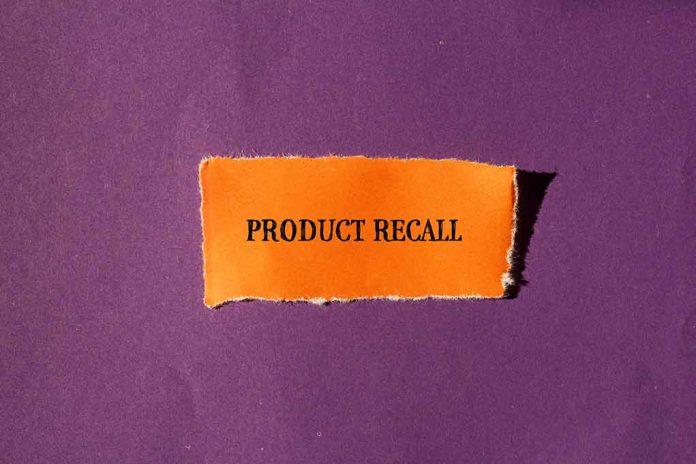
Let’s face it. In today’s world, it’s not enough that we have to worry about a struggling economy, crime, and all of life’s other challenges—we also have to scrutinize even the sweets we indulge in. Yes, you read that right. Palmer Candy Company issued a recall in May for several of its white-coated confectionery items across 17 states because of potential salmonella contamination. Now, the FDA has stepped in and classified these recalls as a Class I threat—the most severe category indicating serious health risks or even death. So yes, while you ponder whether it’s safe to eat a piece of candy, let’s dig into what we know.
What Happened?
On the bright side, Palmer Candy Company took quick action when they were notified by their liquid coating supplier about potential salmonella contamination. The affected products, which include Caramel Swirl Pretzel, Classic Yogurt Pretzels, and Zebra Fudge Cookies, among others, have been pulled from the shelves of major retailers like Walmart, Target, and Dollar General. This recall initially started in early May and covers many packaging types, including bags, pouches, and tubs.
Why the Class I Recall?
To cut through the red tape, a Class I recall means there’s a reason to believe that the product will cause serious harm or death. That’s not something to take lightly. The FDA classified the recall at this urgent level on August 6, signaling that consumers need to stop eating these products immediately and trash them or return them to the store. However, no illnesses, injuries, or deaths have been reported in connection with the recall thus far.
To quote the official definition, the FDA defines a Class I recall as “a situation in which there is a reasonable probability that the use of or exposure to a violative product will cause serious adverse health consequences or death.”
Palmer Candy Company Recalls White Confectionary Products Because of Possible Health Risk https://t.co/lr0NmUQVO8 pic.twitter.com/LXsl56AXgT
— U.S. FDA Recalls (@FDArecalls) May 7, 2024
Symptoms and Dangers of Salmonella
Now, I hear you asking, what exactly can salmonella do to you? Well, the symptoms range from unpleasant to downright dangerous. Fever, diarrhea, and abdominal pain are the usual suspects you need to watch out for, according to the CDC. In severe cases, the illness can cause infection in vital parts of the body such as the nervous system, blood, and bones. Vulnerable populations, like the elderly, infants, and those with weakened immune systems are at higher risk of serious illness and death.
The Bigger Picture
Meanwhile, let’s not ignore that this issue ties into a broader trend. The FDA regularly issues recalls for various contaminants like lead and pathogens like salmonella. Just this April, the U.S. PIRG Education Fund reported the highest number of USDA food recalls in 2023 since before the 2020 health emergency. Around half of those recalls were caused by undeclared allergens, but others were also declared due to harmful bacteria such as salmonella, listeria, and others.. So, seeing Palmer Candy’s recall escalate from voluntary to Class I isn’t exactly a standalone event.
Final Thoughts
If you’re reading this, it’s likely you’re an informed, diligent individual who values safety and health The takeaway? Stay alert, read labels, and heed recalls. Palmer Candy Company issued the recall, but we all have a role to play.
If you find this recall didn’t hit your radar initially, remember—consumers can find out about Class I recalls through mainstream media, the FDA’s website, and FDA newsletters.
Happy snacking, but with a side of caution!
Sources
- Nationwide Candy Recall Update as FDA Sets Highest Risk Level
- Candy sold at Target, Walmart, Dollar General stores recalled due to salmonella threat
- New report: 300-plus food recalls in 2023, highest since 2020
- Recalls Background and Definitions
- Questions and Answers
More from Around the Web
The Business Insider on why there have been so many food recalls:














